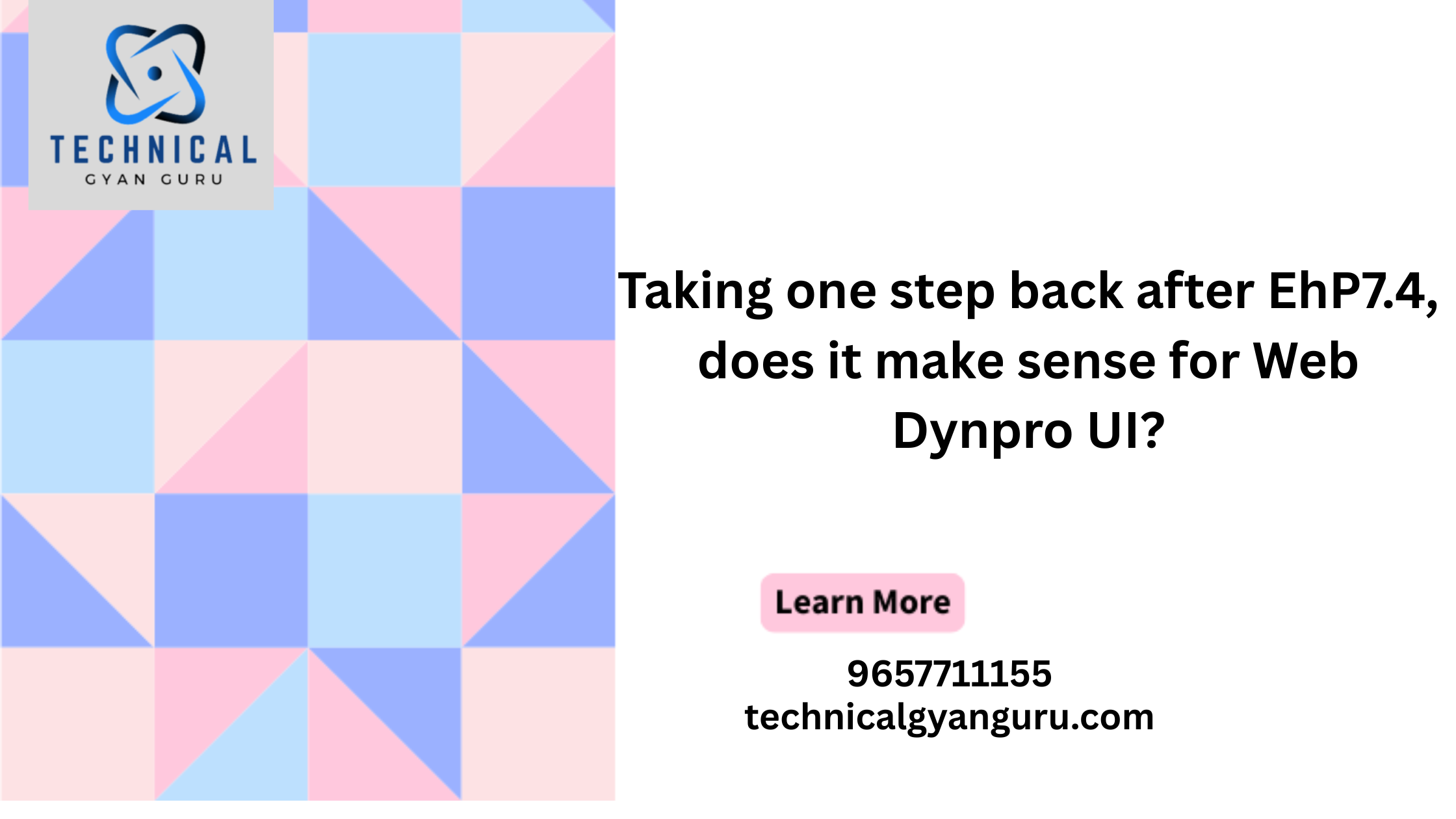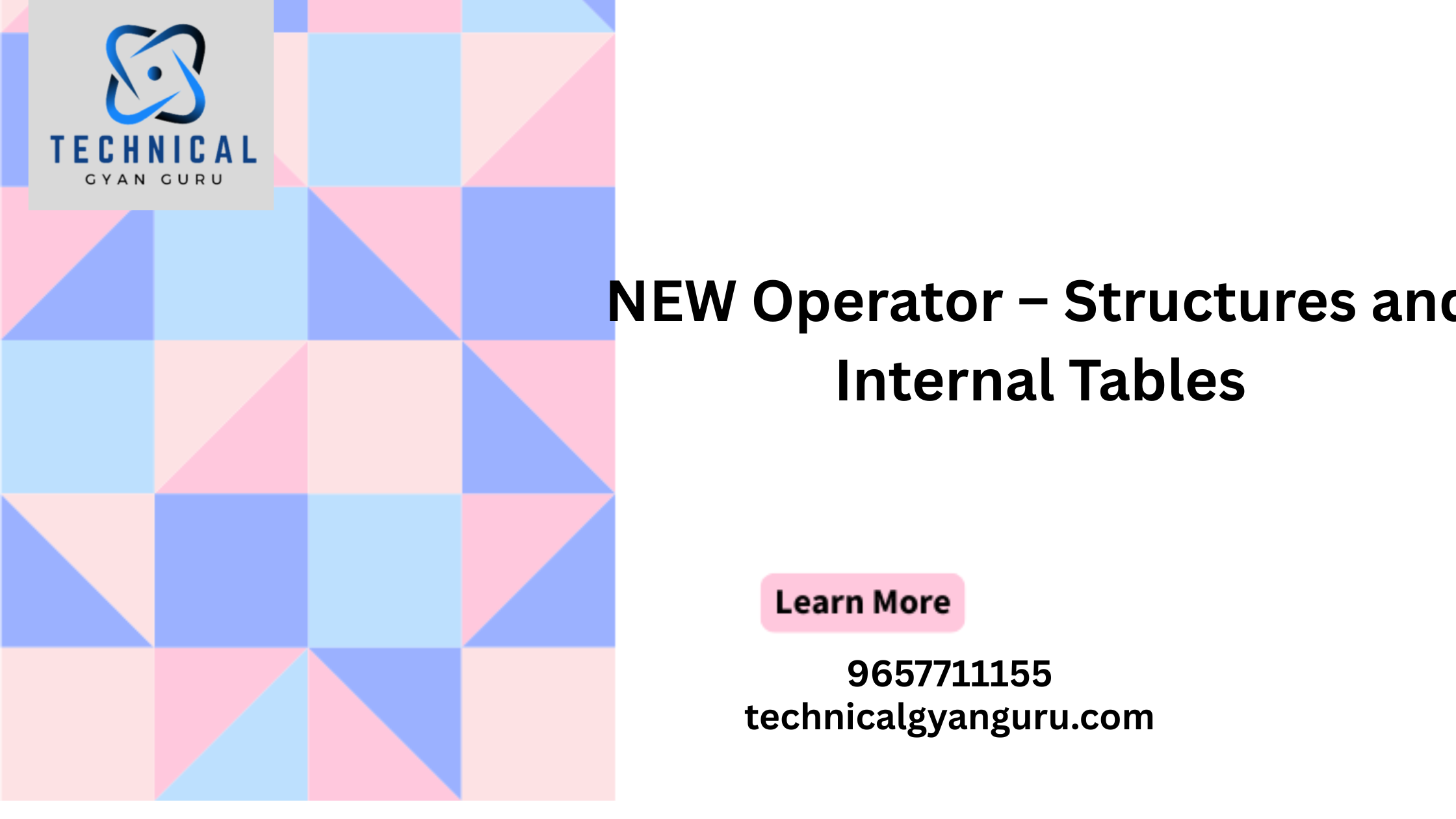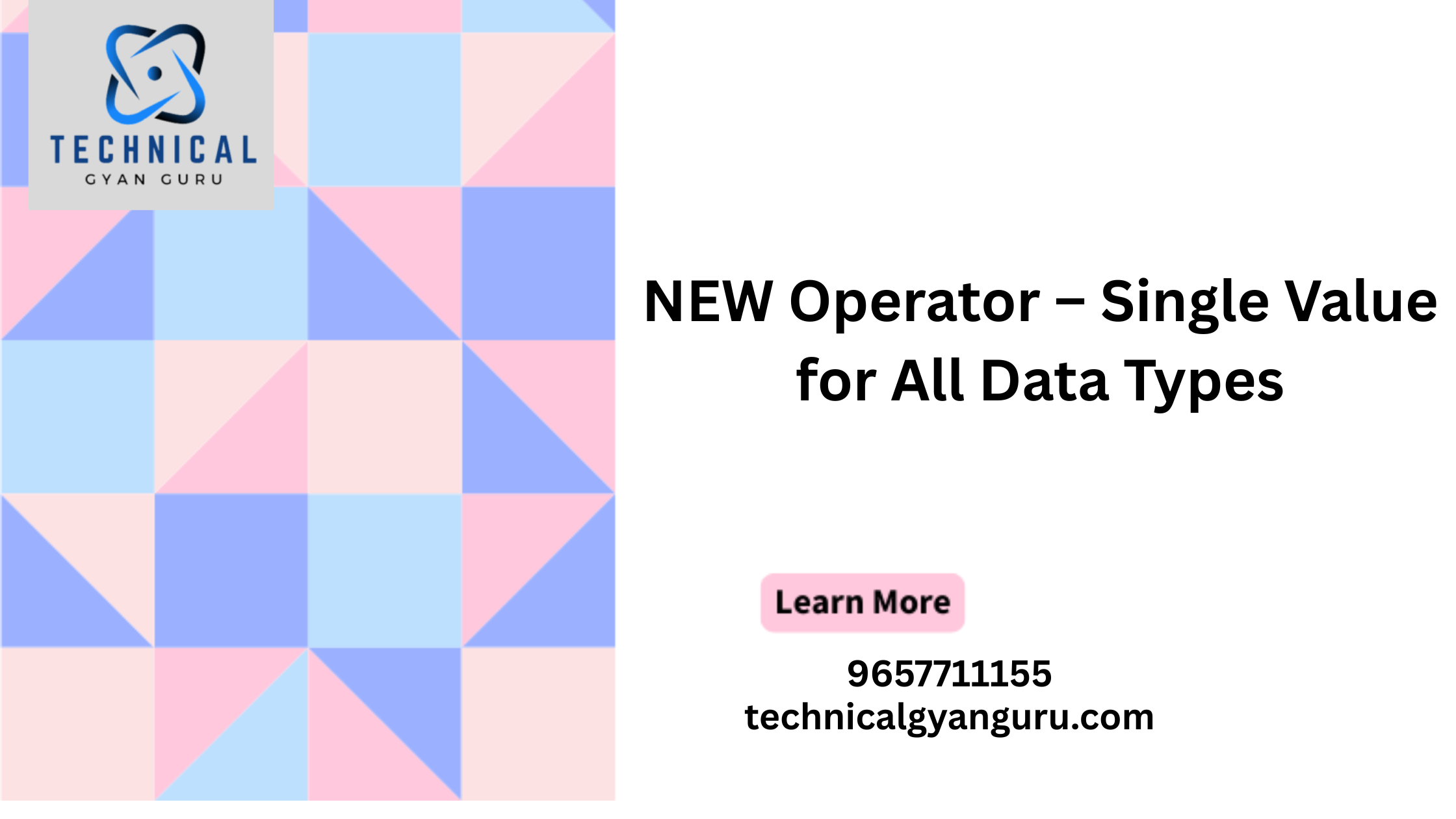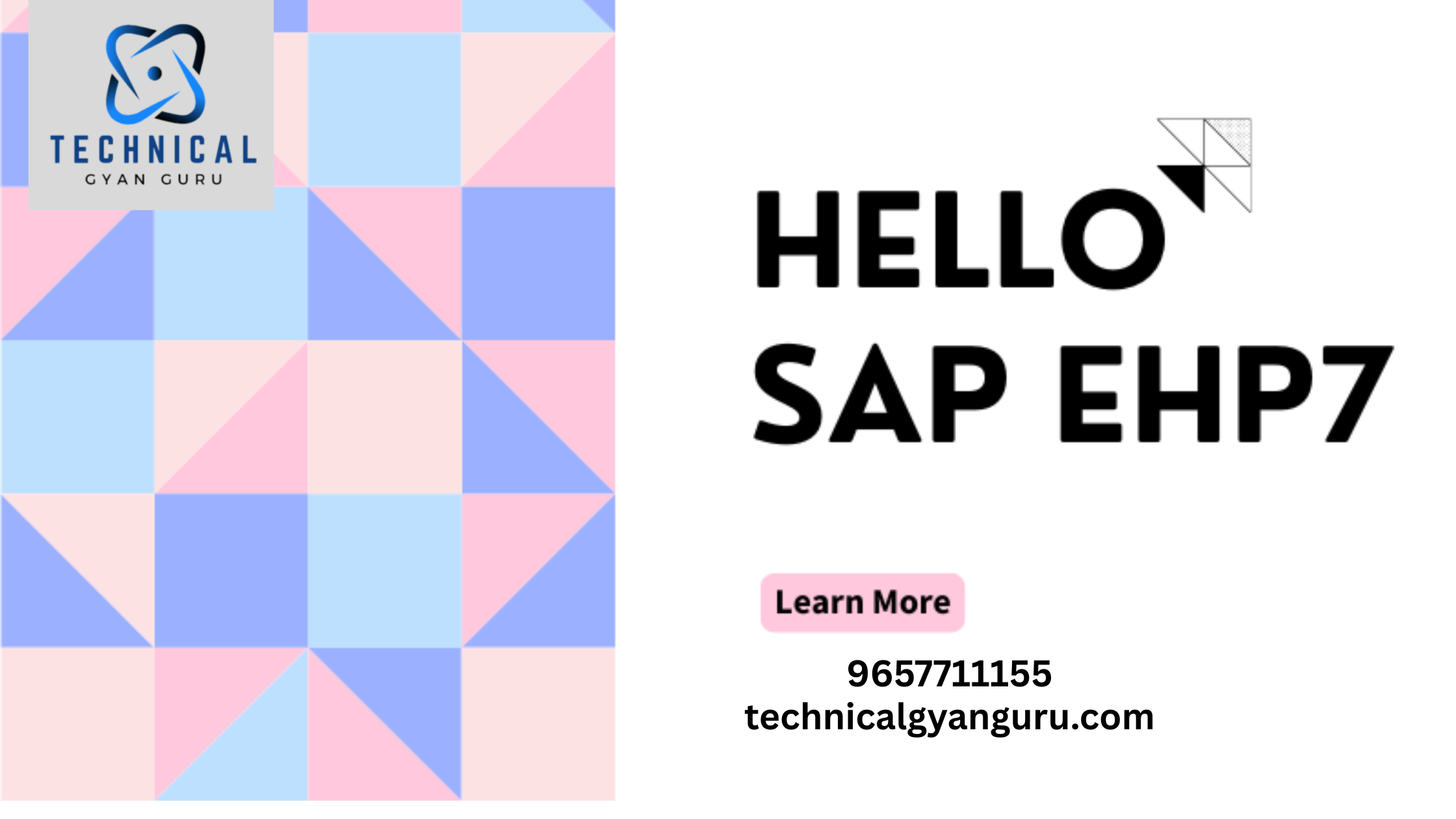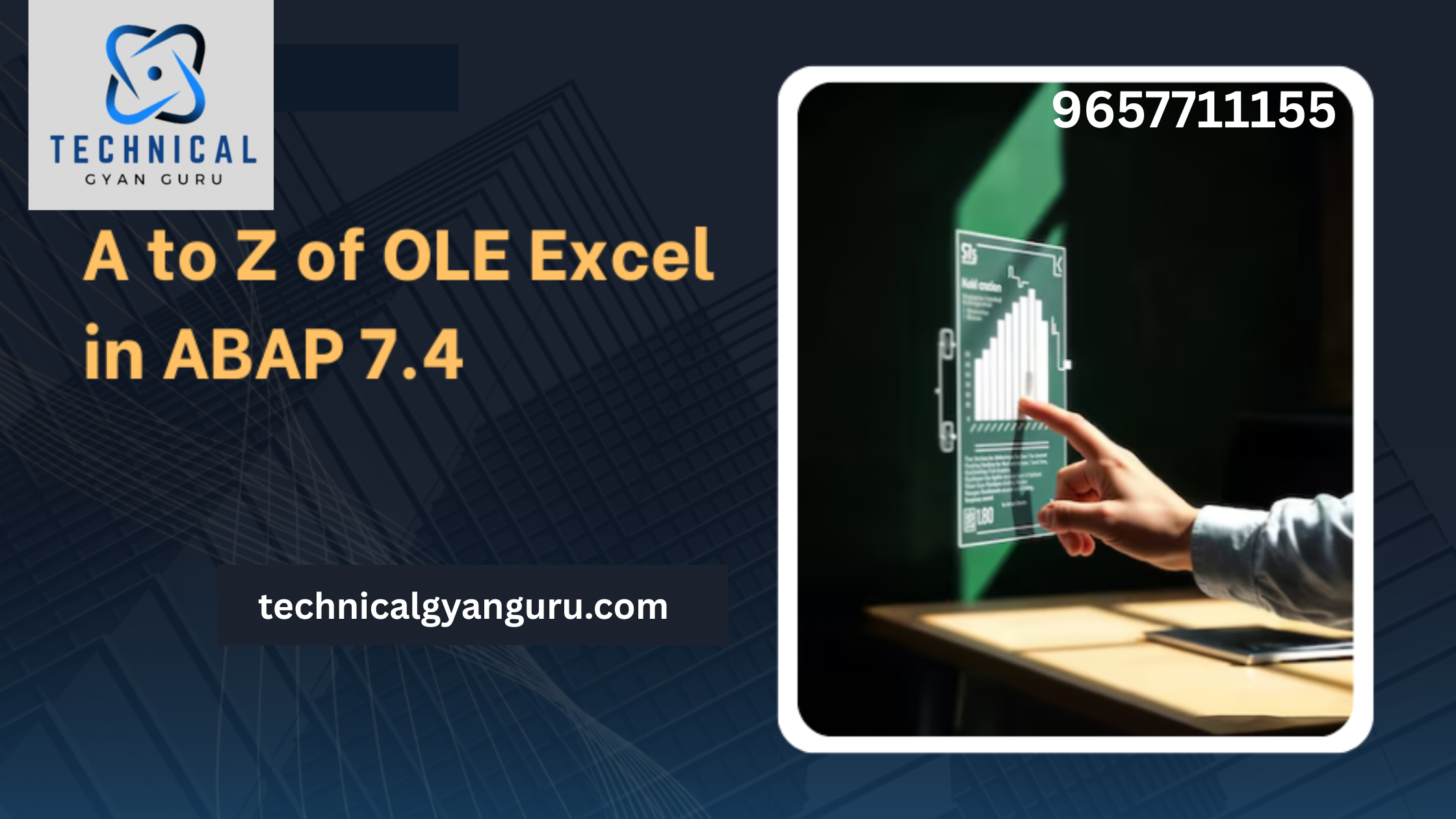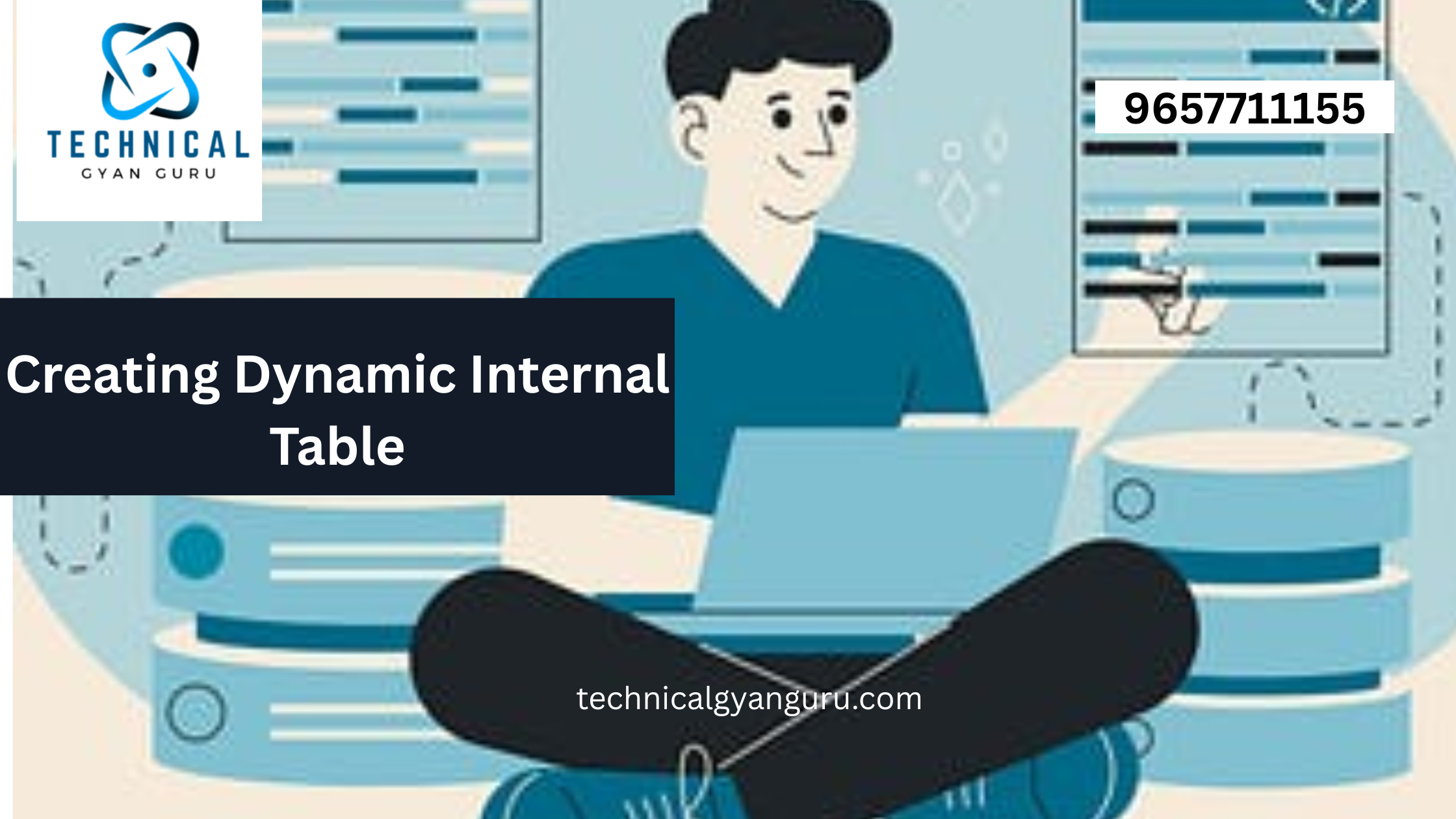
DEFINITION SAP Solution Manager
SAP Solution Manager (sometimes referred to by admins as “SolMan”) is an application lifecycle management (ALM) platform used to implement, maintain, and integrate SAP systems; troubleshoot issues; and keep things running securely, cleanly, and smoothly.
As the main administrative solution for SAP users, SAP Solution Manager combines a handful of tools alongside content and direct access to SAP to ensure reliability and stability of solutions. Its numerous applications can be categorized into one or more of the defined Information Technology Infrastructure Library (ITIL) stages of service strategy, service design, service transition, service operation, and continual service improvement.
SAP Solution Manger is part of every SAP installation and all SAP customers use it. It is currently on release 7.2.
History of SAP Solution Manager
SAP Solution Manager was first released in the mid-2000s and served as a project implementation tool and support system for SAP solutions only. Users found this limiting as its capabilities focused around the IT department and not the business.
SAP remedied this in subsequent releases by opening up SAP Solution Manager to handle not only SAP products, but also integrated systems, partner products, and even non-SAP software. In 2016, version 7.2 was released to the public and continues to be the main release of SAP Solution Manager. It is the only release currently supported by SAP. Intermittent service packs for 7.2 are released regularly, with the latest being SPS 10, which became available in December 2019.
What does SAP Solution Manager Do?
SAP Arrangement Chief, so, fills in as the focal center point through which SAP arrangements can be executed and kept up with. Framework overseers hoping to make changes to an IT climate, screen arrangements progressively, coordinate new arrangements (on-reason or cloud), test updates to arrangements, report business processes, control access privileges, and that’s just the beginning, will use this instrument.
Key SAP Solution Manager Functionalities
Eager to learn more about the things one can do with SAP Solution Manager? Here’s an overview of the items listed in the paragraph above.
Change Request Management
Change Request Management (ChaRM) is an application management process of documenting and controlling the approval process for changes that need to be made to a system. This is important for troubleshooting down the line—if something doesn’t work admins can look at a history of changes to see where things may have gone off the rails. SAP Solution Manager allows admins to perform ChaRM.

Key features of ChaRM include:
- Approval management for requiring permission before rolling out changes to a solution.
- Email notifications for letting team members know when changes require approval and when imports are occurring.
- Change approval and documentation management for documenting what changes are being made to a solution and who approved them.
- Attachments for providing additional documentation on the change.
- Multilevel categorization for categorizing and reporting on different levels of information.
- Logging capabilities for detailed documentation on who changed things and when.
- Supporting change management for many types of SAP solutions.
These functionalities are available out of the box but SAP also allows for customization for a business’ unique needs.
Application Operations (Solution Monitoring)
SAP Solution Manager provides a handful of tools to utilize when monitoring solutions for efficiency and technical issues; these tools are part of Application Operations.
System Monitoring
This incredibly complex tool monitors systems and should be carefully configured in order to provide a report that is actionable. It provides valuable alerts for all sorts of scenarios for both SAP and non-SAP applications, as well as the databases and operating systems they run on.

User Experience Monitoring
This tool monitors performance and availability of systems from the user’s perspective.
Integration Monitoring
This is actually three separate tools all focused on the same thing: the connections and flow of data between systems. The three tools are SAP Process Integration monitoring (for both SAP Process Integration and SAP Process Orchestration), interface and connection monitoring (both on-premise and cloud solutions), and message flow monitoring.
SAP HANA and Business Intelligence Monitoring
These tools focus on business intelligence (BI) to monitor the process chains/queries and data readiness for insertion into a database such as SAP HANA.
Job Monitoring
This tool centralizes monitoring of critical background jobs regardless of SAP application.
Self-Monitoring
This tool focuses on SAP Solution Manager itself and its ability to collect data and monitor systems.

Root Cause Analysis
This tool helps IT teams identify where and why something went wrong.
System Recommendations
This powerful tool provides a list of notes and patches available for a system, keeping it up to date and free from known vulnerabilities.
Solution Integration
SAP Solution Manager provides admins with the ability to integrate disparate systems. This is especially helpful for customers running SAP S/4HANA and looking to utilize SAP cloud solutions such as SAP Ariba, SAP Integrated Business Planning, and SAP SuccessFactors.
Solution Testing
The SAP Solution Manager Test Suite allows for manual and automated testing of both SAP and non-SAP solutions. Users can create and customize tests, sign up for emailed result notifications, analyze potential results from a planned changed, and more.

Business Process Documentation
SAP Solution Manager supports detailed documentation of business processes for teams to utilize when onboarding new employees or learning to use a solution themselves. Library functionality allows for reusing existing documentation and customizing it as needed, while the Business Processes area allows IT and business users a chance to define their perspectives.
Access Control
SAP Solution Manager acts like a security tool by providing IT admins the ability to control who accesses what within SAP Solution Manager and when. A variety of roles have already been created by SAP and can be assigned to non-essential users as needed, and tailoring is available if existing roles don’t meet specific needs.
SAP Solution Manager Logical Components
When adding a solution into SAP Solution Manager, you should be aware of the software components you’ll need to add first. These are known as logical components. Below is a list of the components.
Technical System Landscape
This is the representation of a landscape, built out over time as you connect solutions to SAP Solution Manager.
Branches
These are a virtual representation of systems and business processes. There are six different standard branches, but a branch can be used for any scenario required.
Production
This branch represents the productive business processes in use. This is a locked area; changes to this branch must be made in one of the other branches, named “child branches.”
Operations
This branch is a clone of the production branch and stores business process monitoring metrics (such as KPIs) and alerts. Any changes made to the production branch are simultaneously reflected in the operations branch.
Maintenance
This branch creates and updates business processes, such as minor updates needed in a short period, on a daily basis. It is also used to fix bugs or deliver new enhancements to the production branch.
Development
This branch designs and creates new business processes for future release. Major enhancements or projects are built in this branch.
Design
This branch edits or redesigns business processes imported from an SAP Best Practices package.
Import
This branch imports SAP Best Practices packages and releases business processes into the design branch before sending them further up the system.

Change Control Landscapes
These are logical components that dictate what solutions are under Change Request Management (ChaRM) control.
Document Types
These are templates for solutions to be based on. This might include functional or technical specifications, scripts, or Microsoft Office-based templates.
SAP Best Practices Packages
These are SAP-provided templates on which solutions can be based. They can be procured from the SAP Service Marketplace.
Properties
These are metadata consisting of a solution’s creation date and other relevant information such as change date.
Other Key SAP Solution Manager Terms
In addition to the information laid out above, there are a handful of important SAP Solution Manager terms you should also be familiar with. Here are they are in list form:
- Application Incident Management (AIM): The process of addressing interruptions or quality reductions of an IT service.
- Application Lifecycle Management (ALM): Name for processes that focuses on the end-to-end management of a solution. SAP Solution Manager is an application lifecycle management tool.
- ASAP: SAP-specific version of the waterfall project management methodology and the forerunner of SAP Solution Manager’s functionality. Stands for “Accelerated SAP.”
- Business Process Change Analyzer (BPCA): A change impact analysis tool that helps define testing scope and integrate with other SAP Solution Manager modules.
- IT Service Management (ITSM): An umbrella term for processes that focus on providing and delivering services to an end customer.
- Landscape Management Database (LMDB): A database which includes landscape information for the entire system.
- Logical Component Group: Process-specific areas typically defined by a module, such as SAP ERP, SAP SCM, etc.
- SAP Best Practices Package: A set of documentation and templates provided by SAP describing the ideal set of steps and processes to follow when using a solution.
- Scope and Effort Analyzer (SEA): A change impact analysis tool that helps define testing scope and integrate with other SAP Solution Manager modules.
- Service Desk: A central location where customers or users of a solution can get timely help from IT professionals.
- Solution: A container that encompasses all aspects of an organization’s systems and business processes.
- System Landscape Directory (SLD): A repository of the information of an entire system.
Conclusion
In conclusion, SAP Solution Manager stands as a beacon of efficiency in the dynamic world of business technology. Its comprehensive features, coupled with strategic implementation, can propel your organization to new heights of success.
FAQs
- Is SAP Solution Manager suitable for small businesses?
- Yes, SAP Solution Manager can be tailored to suit the needs of small and large enterprises alike.
- How long does it take to implement SAP Solution Manager?
- The timeline varies depending on the size and complexity of your organization but typically ranges from a few weeks to a few months.
- Can SAP Solution Manager be integrated with other SAP modules?
- Absolutely, SAP Solution Manager is designed for seamless integration with various SAP modules.
- What kind of support is available for SAP Solution Manager users?
- SAP provides extensive documentation, training resources, and customer support to assist users.
- Is SAP Solution Manager a cloud-based solution?
- Yes, SAP Solution Manager offers both on-premise and cloud-based deployment options.


